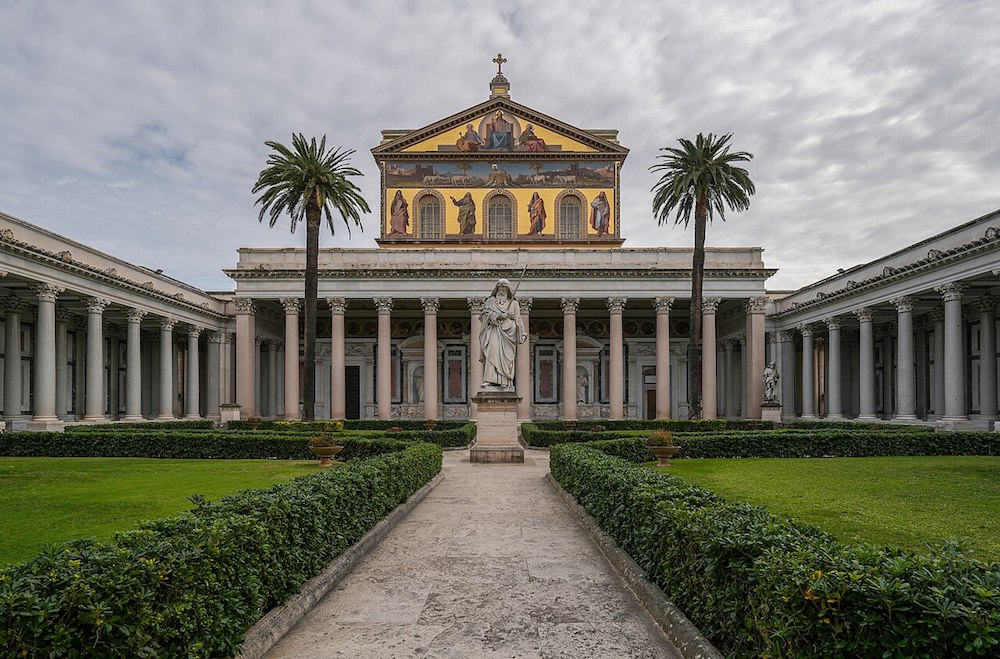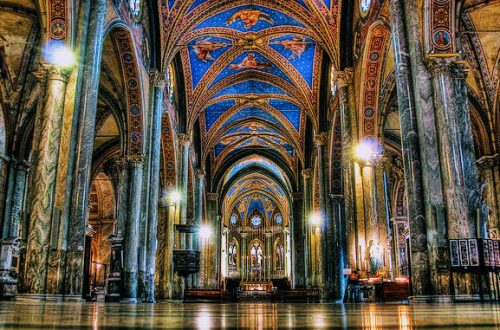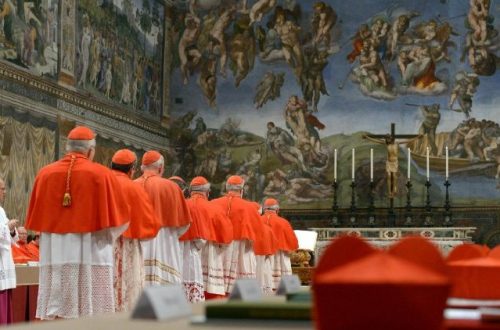
San Paolo Fuori le Mura
San Paolo Fuori le Mura: A Monument of Faith and History in Rome
Nestled on the outskirts of Rome’s bustling city center lies San Paolo Fuori le Mura—or St. Paul Outside the Walls—one of the four major papal basilicas of Rome and a powerful symbol of Christian heritage. This monumental church is not only a masterpiece of architecture and devotion, but also a place of pilgrimage, housing the tomb of Saint Paul the Apostle.
Historical Background
The basilica was originally founded in the 4th century by Emperor Constantine the Great, who built it over the burial place of Saint Paul. According to tradition, after his martyrdom around 67 AD, Paul was buried along the Via Ostiense, where his followers later built a small shrine. Constantine’s basilica was later expanded by Emperor Theodosius I, and it quickly became one of the most important pilgrimage sites in Christendom.
Tragically, much of the basilica was destroyed by a devastating fire in 1823. The rebuilding effort, led by Pope Leo XII and completed in the mid-19th century, sought to preserve the basilica’s ancient design while incorporating new elements. Today’s structure is a harmonious blend of original components, Neoclassical touches, and meticulous reconstructions.
Architectural Highlights
San Paolo Fuori le Mura is a shining example of early Christian basilica architecture, characterized by its grand scale and solemn elegance.
-
The Nave: The immense nave, flanked by 80 monolithic columns, draws the eye toward the apse. The gilded coffered ceiling and towering marble columns evoke a sense of divine grandeur.
-
Mosaics: One of the basilica’s most remarkable features is the 13th-century apse mosaic, depicting Christ in majesty, flanked by Saints Peter, Paul, Luke, and Andrew. The golden tones and expressive figures exemplify Byzantine influence.
-
Portrait Medallions: Unique to this basilica is the series of papal medallions, depicting every pope from Saint Peter to the present. Tradition holds that when the final medallion is filled, it will mark the end of time.
-
Cloister: The peaceful cloister, built by Vassalletto in the 13th century, is an artistic treasure in itself. Its spiral columns and delicate mosaic work provide a tranquil refuge from the busy basilica interior.
The Tomb of Saint Paul
Beneath the main altar lies the presumed tomb of Saint Paul, covered by a marble slab inscribed with PAULO APOSTOLO MART. In 2006, Vatican archaeologists confirmed the presence of a sarcophagus believed to be that of the Apostle. Pilgrims from around the world come here to reflect, pray, and honor one of Christianity’s most influential figures.
A Living Sanctuary
San Paolo Fuori le Mura is more than just a historic monument; it’s an active place of worship, hosting liturgies, concerts, and spiritual retreats. It serves as the seat of the Benedictine monks who maintain the basilica and its grounds, continuing centuries of monastic tradition.
Visiting Today
Located about 2 km outside the ancient city walls, the basilica is easily accessible via Rome’s metro system (Line B, Basilica San Paolo stop). Visitors are often struck by the serene atmosphere that contrasts with the crowded urban landscape, offering a profound encounter with faith, art, and history.
Conclusion
San Paolo Fuori le Mura is a testament to the enduring legacy of Saint Paul and the resilience of the Church across the ages. Whether you’re a devout pilgrim, a lover of history, or a curious traveler, this basilica offers a rich and moving experience that captures the spirit of Rome’s sacred heart.
![]()




